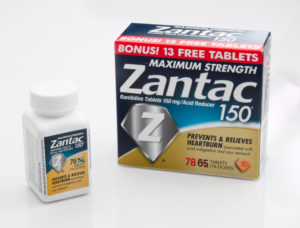Warning labels reduced improper medicine crushing
Aides got the message: not all medications should be crushed even though it might be easier for residents to swallow.
Researchers from the University of Groningen in the Netherlands found the rate of wrongly crushed medicines fell after three nursing homes started printing warning labels on unit dose packaging indicating whether it was safe to crush a medicine as well as a staff education program.
Warning symbols on medicine packaging reduced the rate of wrongly crushed medicine from 3.1 percent (21 wrongly crushed medicines out of 681 administrations) to 0.5 percent (3 out of 636).
There was a also decline in “crushing errors” for residents with dysphagia, from 87.5 percent (21 wrongly crushed medicines out of 24 medications) to 30 percent (3 out of 10). As part of the education program, staff were asked to seek advice from a doctor or pharmacist when administering medicines to patients with dysphagia when a warning label indicated that the medicine should not be crushed. Their findings have been published in the journal BMJ Open.
“The strength of our intervention was that information on crushing was available…at the point when nursing staff have to make a decision on how to give the medication to the patient,” researchers say. “We gave lectures, distributed posters and sent a newsletter to combine the warning symbol with education to remind staff about inappropriate crushing and ensure comprehension of the symbols.”
Researchers observed 36 nurses and nursing assistants administering medicines to 197 residents in three nursing homes. Nursing staff administered 681 medications to 164 patients pre-intervention and 636 medications to 150 patients post-intervention during their morning medicine round over 18 consecutive week days.

Nicole was Senior Editor at I Advance Senior Care and Long Term Living Magazine 2015-2017. She has a Journalism degree from Kent State University and is finalizing a master’s degree in Information Architecture and Management. She has extensive studies in the digital user experience and in branding online media. She has worked as an editor and writer for various B2B publications, including Business Finance.
Related Articles
Topics: Clinical











